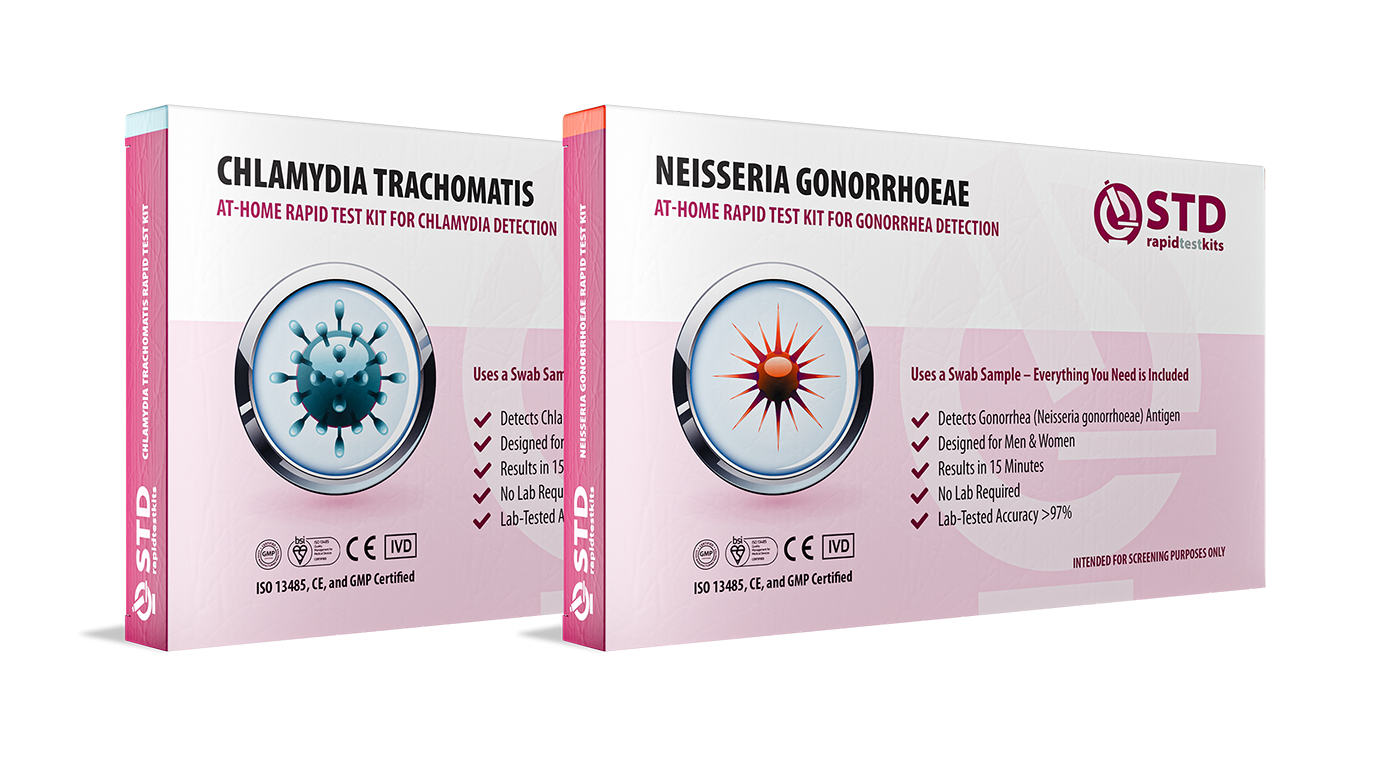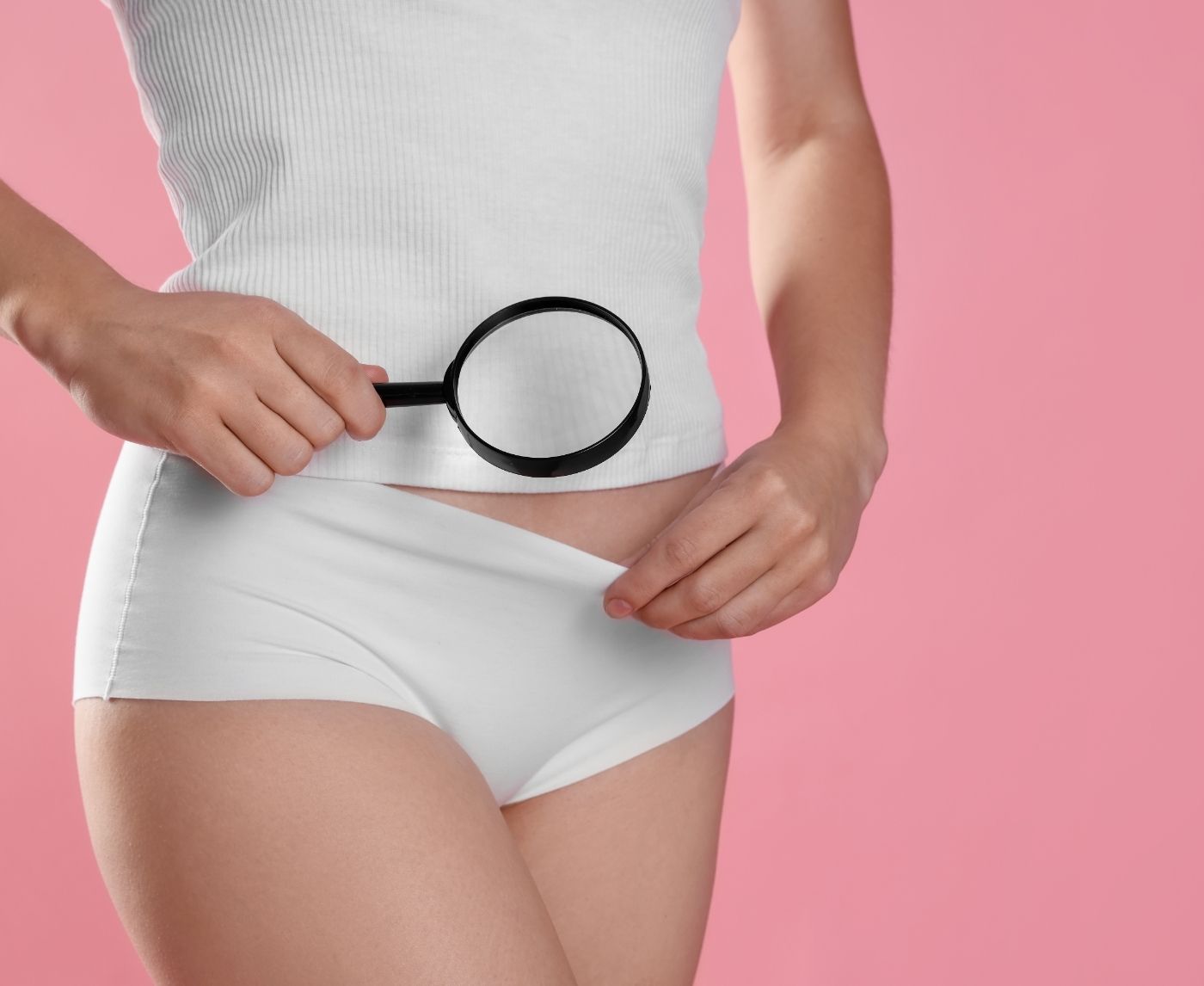Testing for HIV at Home: Benefits, Accuracy, and Tips
The Panic After Unprotected Sex: You're Not Crazy, You're Smart
First, let’s get one thing straight: the second-guessing after unprotected sex isn’t just anxiety. It’s survival instinct. Whether the condom broke, you forgot it altogether, or you thought you were safe until someone said “actually, I have herpes,” that gut feeling is your body’s way of saying, “Go get tested.”
But here’s where it gets tricky. You can’t just test immediately and expect accurate results. Every STD has a window period, a stretch of time between exposure and when it actually shows up on a test. Testing too early means risking a false negative, walking away with false peace of mind, and possibly infecting others.
So what’s the timeline? Let’s break it down.
When Will an STD Show Up on a Test?
Every infection has its own speed. Some show up fast. Others are sneaky. Here’s a breakdown of the most common STDs and how long after exposure you need to wait before a test will likely detect it.
Chlamydia & Gonorrhea
- Earliest detection: 5 days
- Ideal testing window: 7 to 14 days
- Retest if negative but symptoms persist after 2 weeks
These bacterial infections multiply quickly, especially in the urethra, rectum, or throat. Urine or swab tests can usually detect them within a week, but false negatives are possible early on. You’ll want to get retested if you still feel “off.”
Check Your STD Status in Minutes
Test at Home with RemediumChlamydia & Gonorrhea Test

 For Men & Women
For Men & Women Results in Minutes
Results in Minutes No Lab Needed
No Lab Needed Private & Discreet
Private & DiscreetOrder Now $49.00 $98.00
For all 2 tests
HIV
- Earliest detection: 10 days with RNA tests
- Standard detection: 2 to 4 weeks for antigen/antibody combo tests
- Confirmatory testing window: Up to 90 days
HIV is the most panic-inducing and one of the most misunderstood. RNA tests are the earliest detectors but can still miss early exposure. The CDC recommends a follow-up test at 90 days for full accuracy. So yes, you might have to live with the wait, but early detection can save your life.
Syphilis
- Earliest detection: 3 weeks
- Reliable window: 3 to 6 weeks
This one’s tricky because syphilis likes to hide and change forms. It starts with a painless sore you might not even notice. A blood test can usually detect antibodies after three weeks, but some people won’t test positive until week six.
Herpes (HSV-1 & HSV-2)
- Earliest detection: 4 to 6 days with symptoms
- Blood test window: 3 to 6 weeks (antibodies)
- Swab test: Only works if sores are present
Here’s the kicker with herpes: many people don’t develop visible sores, and blood tests only detect antibodies, which take time to develop. That’s why herpes can fly under the radar for months, sometimes years.
Trichomoniasis
- Earliest detection: 5 to 7 days
- Ideal window: 7 to 14 days
This often-overlooked parasite is common and underdiagnosed. It’s more easily detected in women than men, and many people show zero symptoms. A swab or urine test will catch it best between one to two weeks post-exposure.
Hepatitis B
- Detection range: 3 to 6 weeks
- Confirmatory test: May be needed at 6 months
Most people don’t realize Hep B is an STD, but it is. And it can lead to serious liver damage if missed. Blood tests can pick it up within a month, but follow-ups may be needed depending on exposure risk.
Check Your STD Status in Minutes
Test at Home with RemediumHepatitis B Test Kit

 For Men & Women
For Men & Women Results in Minutes
Results in Minutes No Lab Needed
No Lab Needed Private & Discreet
Private & DiscreetOrder Now $33.99 $49.00
Why Testing Too Early Is a Huge Mistake
Here’s the worst-case scenario: you panic, test too soon, get a false negative, and go on thinking you’re clean. Meanwhile, the infection is still there. Still growing. Still contagious.
False negatives happen more often than people think. And if you’re getting tested for peace of mind, a test taken in the wrong window won’t give you peace, it gives you false confidence.
The golden rule? Wait until your body has built up enough virus, bacteria, or antibodies to be detected. That’s the difference between a real result and a missed diagnosis.
So… When Should You Actually Test?
Here’s the timeline most experts agree on after unprotected sex:
- Immediately: Get tested if you have symptoms or know your partner has an STD.
- 5 to 7 days: Chlamydia, gonorrhea, trichomoniasis may show up.
- 10 to 14 days: HIV RNA tests become useful.
- 3 to 6 weeks: Herpes, syphilis, and Hep B start becoming detectable.
- 3 months: Retest for HIV and Hep B to confirm status.
If you’re anxious, test early, but plan to test again at the right time. And if the idea of sitting in a clinic or explaining your “situation” makes you sweat, skip the drama and order an at-home test. It’s private, fast, and designed for people who’ve made mistakes but still want answers.
Don’t Just Test Once: The Case for Retesting
One of the biggest mistakes people make? Testing once and thinking they're in the clear.
Even if you get a negative result early on, your immune system might not have had time to react yet. Some infections, like HIV and syphilis, need time before they show up accurately on a test. That means retesting at the appropriate window is essential.
Let’s say you test for HIV two weeks after unprotected sex and it comes back negative. Good start, but it’s not the end. The CDC recommends testing again at 90 days for full confidence. Same goes for herpes and hepatitis B, where antibodies take longer to appear.
Pro tip: Don’t wait for symptoms. Many STDs show no symptoms at all and still do long-term damage. You could feel completely fine and still have something lurking.
How to Know If You’re at Risk
Here’s the truth: if you had unprotected sex, you’re at risk. It doesn’t matter if you trust your partner. It doesn’t matter if they “seem clean.” Unless you’ve both been tested recently, assumptions are useless.
You’re at higher risk if:
- Your partner had other partners recently
- There was anal sex, which increases exposure risk
- You had multiple partners in a short time
- Your partner has a history of STDs or symptoms
- You had sex while drunk or high and don’t fully remember what happened
Still unsure? Here’s a rule of thumb: if the thought crossed your mind to Google this topic, you should probably get tested. And yes, that means now.
Why At-Home Testing Might Be the Smartest Option
Not everyone wants to visit a clinic and explain their “little oops.” That’s where at-home STD test kits become a game-changer, as those who use them can:
- Test discreetly from home
- Choose which infections to screen for
- Get results quickly without judgment
- Avoid awkward conversations with strangers in white coats
It’s not just for introverts or privacy freaks. It’s for anyone who doesn’t want to gamble with their health.
Check Your STD Status in Minutes
Test at Home with Remedium10-in-1 STD Test Kit

 For Women
For Women Results in Minutes
Results in Minutes No Lab Needed
No Lab Needed Private & Discreet
Private & DiscreetOrder Now $189.00 $490.00
For all 10 tests
Real Talk: Personal Stories from the "Too Soon Tested" Club
Nina, 27, Toronto
“I tested for herpes a week after a one-night stand. It was negative. I felt fine, until three weeks later when the sores showed up. I had to go through the trauma of re-testing and explaining it to my new partner. I wish I’d waited and done it right the first time.”
Jay, 22, Atlanta
“I freaked out after a hookup and ordered a test the next day. Negative across the board. A month later, I found out I had chlamydia, no symptoms at all. My doctor said I tested too early. Lesson learned.”
Alexa, 34, Denver
“I tested early and got a false negative for HIV. If I hadn’t retested at 90 days, I never would’ve known. I’m on treatment now and doing fine, but it scared the hell out of me. Everyone should know about window periods.”
FAQs
1. Can I test for STDs the day after unprotected sex?
You can, but most tests won’t be accurate that early. You need to wait until the infection is detectable.
2. Which STD shows up the fastest?
Gonorrhea, chlamydia, and trichomoniasis can show up within 5 to 7 days.
3. What if I have symptoms right away?
Get tested immediately, but plan to retest if your first results are negative. Some infections take time to appear.
4. Can I test too soon?
Yes. Testing too early is one of the most common mistakes and can result in false negatives.
5. Do I have to retest after a negative result?
If you test during the window period, yes. Retesting ensures your status is accurate.
6. Is it possible to test positive even if I have no symptoms?
Absolutely. Many STDs are asymptomatic, especially in the early stages.
7. How long should I wait to test for HIV?
Earliest is 10 days with RNA testing, but wait 30 to 90 days for full accuracy.
8. Is at-home STD testing reliable?
Yes, especially for common infections. Just be sure to follow instructions carefully and choose a trusted provider like STD Rapid Test Kits.
9. What if I tested negative but still feel off?
Get retested. Symptoms are your body’s signal, trust them over a single negative test.
10. Should my partner get tested too?
Yes. Testing only works if everyone involved knows their status. Don’t let them off the hook.
Test Early, Test Right, Test Again
Here’s the part where we tie it all together. STD testing is like insurance, you’d rather have it and not need it than the other way around.
- Don’t guess. Know your window period.
- Don’t delay. Early testing can catch fast-moving infections.
- Don’t stop after one test. Retest to confirm your real status.
- Don’t be embarrassed. Everyone makes mistakes, but not everyone fixes them.
If you’ve had unprotected sex recently, there’s no shame in being scared. But there’s power in action. Get tested today, privately, quickly, and accurately, with an at-home STD test kit. Your peace of mind is just a test away.
Sources
1. Sexual healthcare and at-home STI test collection
2. The Importance of At-Home STI Testing - FOLX HEALTH










